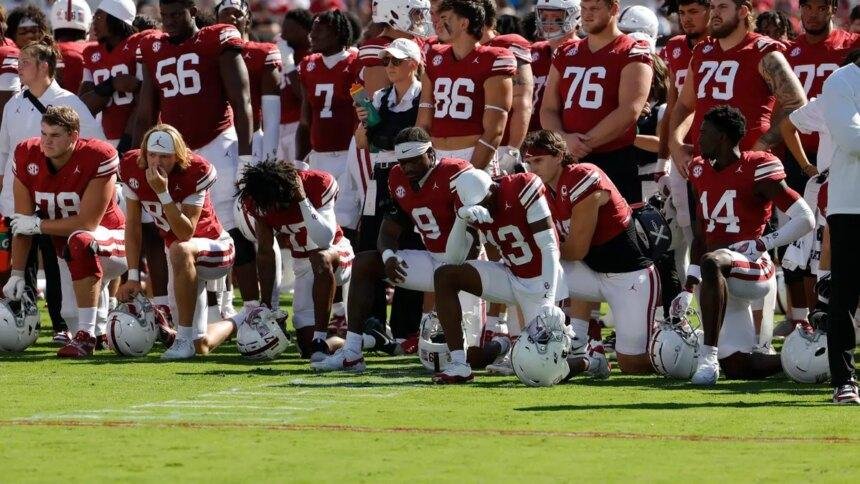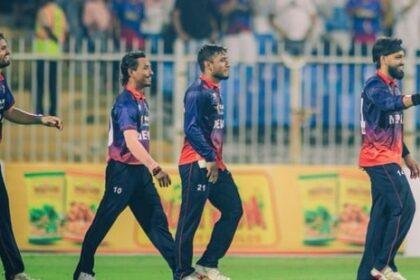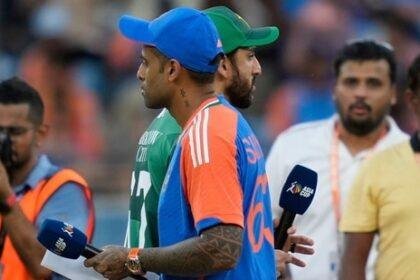Oklahoma Sooners‘ Keontez Lewis Injured in Game, Stadium Safety Measures to Follow
In a concerning incident during a recent college football game, Oklahoma Sooners wide receiver Keontez Lewis suffered a significant injury while attempting to make a catch against Kent State. The event has sparked discussions about player safety and stadium design, leading to immediate action from the university.
The Incident: A Scary Moment on the Field
During the first quarter of the game held on October 4, 2025, Lewis was tracking a pass from quarterback Michael Hawkins Jr. The ball was thrown over his head, forcing him to leap into the back of the end zone. Unfortunately, Lewis fell headfirst into a brick wall that lines the end zone at Memorial Stadium in Norman, Oklahoma. The impact left him briefly motionless on the field, prompting medical staff to attend to him for approximately ten minutes before he was carted off.
The Sooners went on to secure a decisive 44-0 victory against Kent State, but the focus quickly shifted to Lewis’s well-being. Coach Brent Venables expressed his concern, stating, “I was terrified, because it didn’t look good at all. Really fortunate, all things considered – very fortunate. He’s in great spirits and feeling much better. Remarkably, really not even a scratch.”
Immediate Response: Safety Measures in the Works
In light of the incident, the University of Oklahoma has announced plans to install padding around the brick wall in the end zone. Coach Venables confirmed that while the specifics of the installation are still being finalized, the need for enhanced safety measures is clear. “I think they’re going to put some padding around that brick area where we’re vulnerable,” he said.
Currently, much of the wall surrounding the field lacks adequate padding, particularly in areas close to the boundaries. This incident has reignited discussions about player safety in college football, a topic that has gained increasing attention in recent years.
Historical Context: The Evolution of Player Safety
The issue of player safety in football is not new. Over the past decade, there has been a growing awareness of the risks associated with head injuries and concussions. The National Football League (NFL) has implemented various protocols to protect players, including stricter concussion protocols and improved helmet technology. College football, while following suit, has often lagged behind in terms of infrastructure and safety measures.
The tragic death of former NFL player Aaron Hernandez and the subsequent revelations about chronic traumatic encephalopathy (CTE) have further underscored the importance of player safety. As a result, many colleges and universities are now reevaluating their facilities and practices to ensure the well-being of their athletes.
The Broader Implications: A Call for Change
The incident involving Keontez Lewis serves as a stark reminder of the physical toll that football can take on its players. While the Sooners are taking immediate steps to address the safety concerns at Memorial Stadium, the broader implications extend beyond one university.
Athletic programs across the country are being urged to assess their facilities and implement necessary changes to protect their athletes. This includes not only padding around walls but also improvements in field design, medical protocols, and training practices.
Lewis’s Recovery: A Positive Outlook
As for Lewis, the initial prognosis appears to be encouraging. Coach Venables shared that Lewis is in good spirits and recovering well. With 17 catches for 210 yards and two touchdowns this season, Lewis has been a vital asset to the Sooners’ offense. His return to the field will be closely monitored, as fans and teammates alike hope for a swift recovery.
Conclusion: A Step Toward Safer Play
The injury to Keontez Lewis has highlighted the urgent need for improved safety measures in college football. As the University of Oklahoma takes steps to enhance the safety of its facilities, it sets a precedent for other programs to follow. The hope is that such changes will not only protect players but also foster a culture of safety that prioritizes the well-being of athletes in the high-impact world of college sports.
As the season progresses, all eyes will be on Lewis’s recovery and the ongoing efforts to ensure that the game remains as safe as possible for all players involved.











